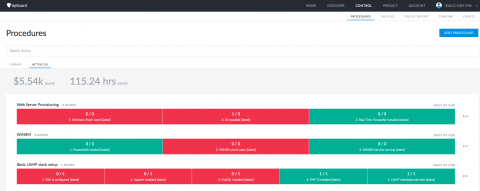Communication: A Significant Cultural Change for Embracing DevOps
Organizations can reap huge rewards by switching to a DevOps software development model. Some enterprises don’t know how to make the change. Recognizing that fact, I’ve spent the past few weeks discussing the benefits of a DevOps model, outlining how organizations can plan their transition, identifying common problems that companies commonly encounter and enumerating steps for a successful conversion. Of course, organizations aren’t finished once they’ve fully embraced DevOps.








